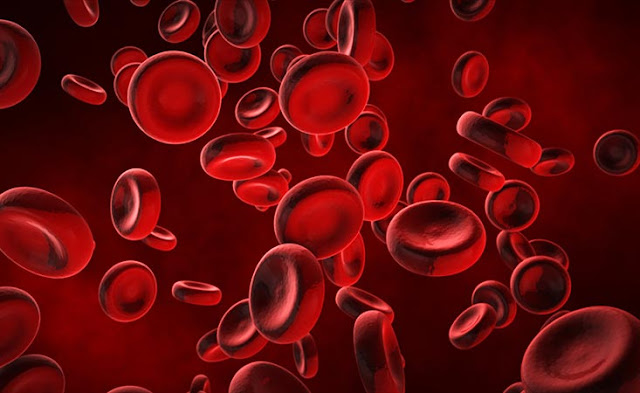Anemia causes and methods of prevention | healthy care
Anemia causes and methods of prevention
What is anemia?
Anemia is a medical condition characterized by the lack of an adequate amount of red blood cells in the body to transport enough oxygen to the tissues.
People with anemia are more likely to feel tired very often.
Anemia is defined as a decrease in one or more of the measurements related to erythrocytes
Hemoglobin concentration (HGB): This is the concentration of hemoglobin that is the primary carrier of oxygen gas in the blood
Hematocrit (HCT): blood precipitate or percentage of red blood cell volume in total blood volume.
RBC count: This is the number of red blood cells present in a predetermined size of the total blood volume.
"The definition of anemia according to the values of
the above examinations varies among them in males and females."
| --- | Males: values less than 13.5 g / dL for hemoglobin concentration and values below 41 in the hematocrit percentage.| --- | Females: Values less than 12 g / dL for hemoglobin concentration and values less than 36 in the percentage of hematocrit.
Different hemoglobin values
| --- | Smokers: It is known that smokers have higher hematocrit values "blood stacks" than non-smokers in the normal way, this may lead to camouflage and conceal the presence of anemia in these people smokers if any because we will not see it in laboratory blood tests.
| --- | Highlanders: People who live high above sea level have higher hemoglobin values than those who live near sea level.
| --- | African Americans: They have hemoglobin values as low as 0.5-1.0 g / dL on average globally.
Chronic disease: Chronic illness may lead to lower hemoglobin values than the globally recognized norms, but these values do not indicate anemia.
| --- | Athletes: Athletes have normal hemoglobin values that are different from universally recognized natural values.
There are a few different types of anemia, and each type has its cause.
Anemia may be a temporary condition or an ongoing medical condition, and it may range from mild to severe.
When anyone suspects that they have anemia, they should refer to the doctor, because anemia can be an early sign of the development of the more severe and serious disease.
Treatments for anemia range from eating food additives to medical treatments. It may be possible to prevent the development of certain types of anemia by maintaining a balanced, varied, and healthy nutrition.
Symptoms of Anemia
The symptoms of anemia in patients depending on the degree of anemia they suffer in addition to the frequency of disease progression and the patient's need for oxygen.
Symptoms of anemia (mentioned below) usually appear if the disease progresses very quickly, but if the development of anemia is slow, it is possible that these symptoms do not appear because the body has become accustomed to the new position.
Symptoms of anemia vary and depending on the cause which includes
| --- | Tired| --- | Pale complexion
| --- | Fast and irregular heart palpitations
| --- | Dancing heartbeat
| --- | hard breathing
| --- | Chest pain
| --- | Dizziness
| --- | Sleep
| --- | Cognitive changes
| --- | Chilled hands and feet
| --- | Headache
| --- | Myocardial infarction (in rare and severe cases of the disease).
Early anemia may be very mild and imperceptible, but the symptoms get worse as the disease worsens.



















No comments